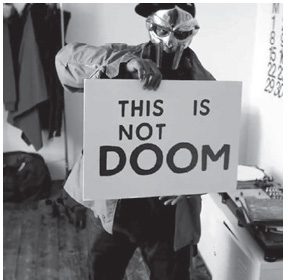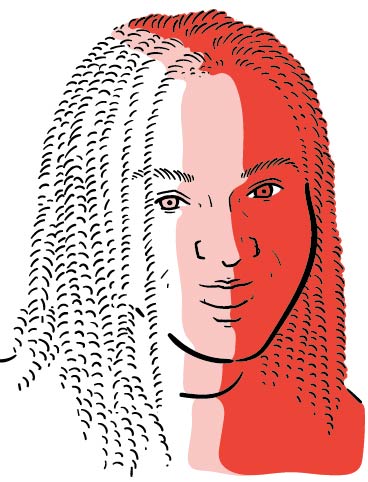On the night of February 25, 2010, a mob of hip-hop fans huddled in Toronto’s Kool Haus, shouting, “It’s not him” and “Get the fuck off the fucking stage.” The subject of their ire was the mercurial Daniel Dumile, better known as MF Doom, the spastic, inventive rapper who has, since 1999, concealed his face behind a metallic gladiator mask. (Dumile has also created additional rap characters, including Zev Love X, Viktor Vaughn, and King Geedorah.) Onstage, a man of approximately equal size to Dumile made vague rap gestures—gesticulating hands; nodding head; slow, rhythmic stroll—but rarely let the mic leave his mouth, even for ad libs. For a rapper who’s supposed to be garrulous and crude, the tight-lipped dude hardly seemed to be keeping it real.
There had already been a spate of incidents like this one. Dumile’s reliability, which has been called into question regularly, was disputed most aggressively between 2007 and 2012, owing to his use of performing standins, known variously as “Doomposters” or “MF Dupes.” In a 2009 interview with Ta-Nehisi Coates in the New Yorker, Dumile, who has alternately denied and affirmed the yarns spun by conspiracy theorists, ascribed a theatricality to the stunts: “I’m the writer, I’m the director. If I was to go out there without the mask on, they’d be like, ‘Who the fuck is this?’”
The story of Black Bastards, the sophomore effort from KMD, Dumile’s pre–MF Doom rap group, might shed some light on that question. Planned for release in 1994, the album was allegedly shelved by Elektra Records for its seditious cover illustration: a Sambo figure hanging from a gallows, the album’s title spelled out as a game of hangman: BL_CK B_ST_- RDS. Scoffing at the label’s reluctance to release the album, rock critic Robert Christgau urged readers to “make a face at Elektra.”
In tandem with Dumile’s own ecstatic imagination, the music industry’s early ambivalence toward Black Bastards may be why he makes all of his faces: to reclaim ownership of his career, his narrative. “…if there’s going to be a first impression I might as well use it to control the story,” he told Coates. “So why not do something like throw a mask on?”
Indeed, why not? This is the same man who says, as his alter-ego Viktor Vaughn, “Dub it off your man,...
You have reached your article limit
Sign up for a digital subscription and continue reading all new issues, plus our entire archives, for just $1.50/month.
Already a subscriber? Sign in






